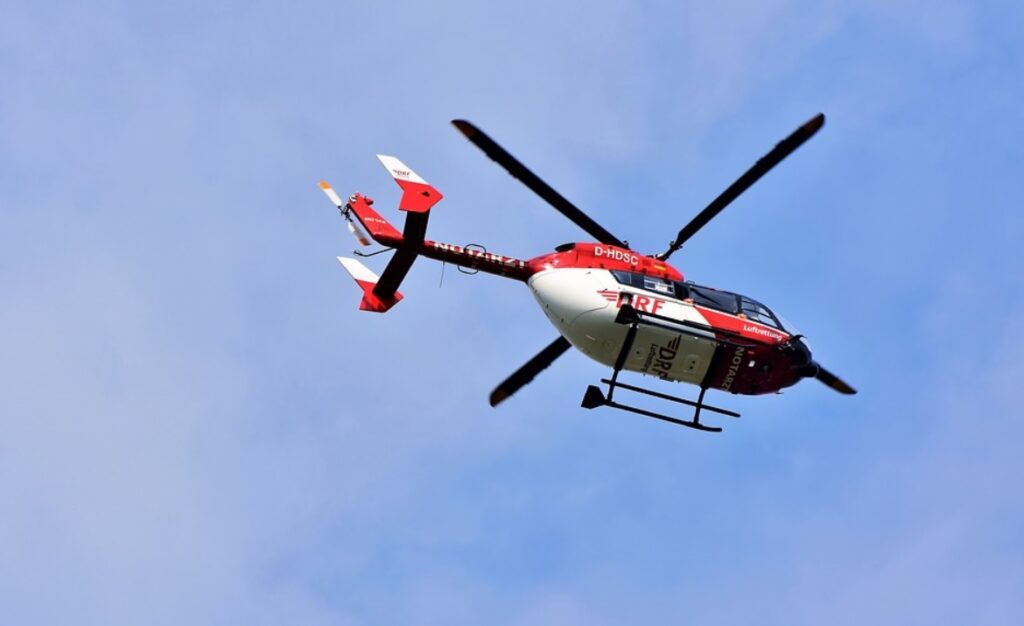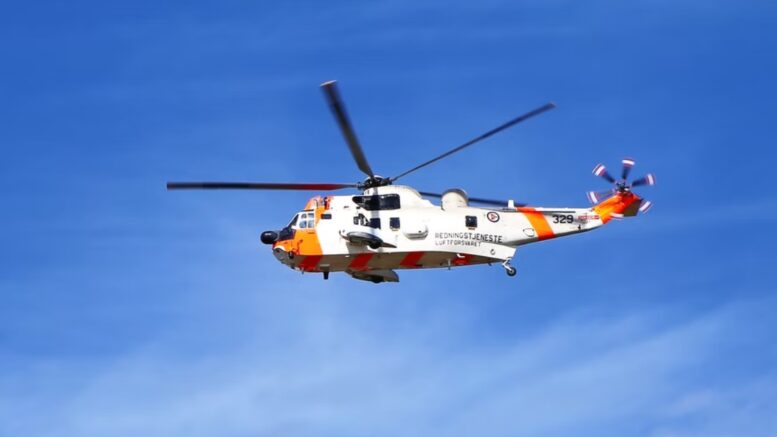There was a time when air ambulance services were restricted to the battlefield. They were used to transfer injured soldiers to the nearest medical facilities, thus improving their odds of survival.
Today, the use of medical air transport has become more prevalent for other medical emergencies as well.
Air ambulances in the US are used to move accident victims from remote, hard-to-reach areas. Also, they help transfer critically ill patients from one hospital to another. Air ambulances are equally useful for the medical evacuation of patients from foreign countries.
An air ambulance helps overcome the speed and accessibility limitations of critical care cars and road ambulances. They’re particularly useful when a patient needs immediate medical attention.
In this blog, we’ll delve deeper into how modern technology is bringing a new era of air ambulances. Let’s get started.
Air Ambulance Services: An Overview
Air ambulances are specialized helicopters or airplanes that are used to transport severely ill patients without jeopardizing their health.
Traditionally, air ambulances have been equipped with a wide array of medical instruments and tools, such as:
- Stretchers
- Intensive care units
- Neonatal care units
- IV pumps
- Incubators
- Ventilators
- Cardiac monitors
- ECMO machines
Also, any standard US air ambulance service or med evac in Europe will recruit trained medical staff, such as nurses and paramedics. The onboard crew, comprising pilots, flight attendants, and medical staff, goes to great lengths to ensure patient safety.
Nurses and paramedics on an air ambulance work round-the-clock to monitor a patient’s condition, and administer life-saving treatments if needed.
However, with the rise of new technologies, air ambulance services are embracing several new innovations to improve the quality of patient care. These tech innovations can be instrumental in resolving onboard medical emergencies. Also, they help air ambulance services maximize efficiency and safety.
Sophisticated Sanitization Systems
Cleanliness is an indispensable attribute in any healthcare setting. From hospitals and nursing homes to air ambulances – every element of the healthcare cogwheel must be squeaky clean and well maintained.
Most established medical air transport providers have already implemented extensive sanitization protocols for their aircraft. However, the COVID-19 pandemic presented new operational challenges.
Given the high transmissibility of the novel coronavirus, standard cleaning practices were proving to be time-consuming and inefficient. Every surface and piece of equipment had to be sanitized after deboarding a patient. It could take hours before the aircraft was ready for the next patient.
Also, regular surface disinfectants weren’t particularly effective against the SARS-CoV-2 virus.
That’s where advanced decontamination systems, such as AeroClave and Nocospray, step into the picture. They use automation and other technologies to minimize the time required to disinfect an aircraft.
Similarly, air ambulance providers have also been on the lookout for stronger chemicals, such as Dismozon, that can kill the novel coronavirus.
The combination of powerful disinfectants and automated decontamination systems can go a long way to ensure that every corner of an air ambulance is sanitized within minutes. Also, it’ll ensure the safety of patients, their family members, flight crew, and medical staff.

COVID-19 Isolation Units
Medical air transport has been playing a key role in ensuring the safe and urgent transfer of COVID-19 patients with acute respiratory distress syndrome (ARDS). But having COVID-19 patients onboard jeopardizes the safety of crew members.
That has prompted air ambulance services to procure portable, self-sufficient, and single-patient isolation units. These units come with an in-built airflow system to help maintain a patient’s blood oxygen levels.
Also, they can be plugged into any lifesaving equipment, such as mechanical ventilators and ECMO pumps, available on the aircraft. The use of single-patient isolation units minimizes the risk of exposure and contamination.
Similarly, many air ambulance providers are using non-invasive ventilation helmets for critically ill patients. With mechanical ventilators, intubating a patient increased the chance of releasing aerosolized respiratory droplets in the aircraft. A ventilation helmet eliminates that risk by sealing around a patient’s neck.
Point-of-Contact Diagnostic Tools
From heart monitors and ultrasound machines to endotracheal tubes – air ambulances are using a wide array of equipment to monitor a patient’s health and provide them with timely treatment. Onboard medical staff can run blood tests, ultrasound scans, and other diagnostic procedures to determine whether a patient’s health is deteriorating.
Also, they can send the reports and other crucial patient data to the receiving centers and ground staff.
That helps the receiving hospitals keep the necessary amenities and medications ready before a patient’s arrival. Also, senior physicians in these hospitals can handhold onboard nurses and paramedics through mid-air patient emergencies.
Many air ambulance services are also using video simulations and augmented reality (AR) solutions to train crew members. These solutions give the crew a detailed glimpse of how the onboard equipment and tools work.
In Conclusion
The global air ambulance services market is projected to be worth $9.58 billion by 2028. It means the medical aviation industry will attract more sophisticated tech innovations that are tailored for air ambulances. From improving efficiency and patient safety to ensuring proper onboard care – modern technologies are shaping the future of air ambulances.
